
Pazyryk rug (ca. 300 BC)
Where are the first knotted rugs from?
The world’s first knotted rugs were probably made just south of the Caspian Sea in what is now northern Iran. Maybe the first ones were imitating fur rugs, with the hairs all standing up on end for warmth. You set up warp strings as if you were going to weave cloth. But then instead of weaving, you tie thousands of tiny knots, cramming them very close together. Then you cut the ends of the yarn short so that the ends stand up straight. You can see how this works by looking closely at any knotted carpet.

Boys working in a carpet factory in Pakistan (from UNICEF)
These early rugs were all made of wool, and they used the same types of patterns that people were using to embroider on their clothes, or (if we believe Herodotus) painting on their clothes. Probably the same patterns were used on walls, and on jewelry.
Where does wool come from?
Silk Road trade
The Persian Empire
All our West Asia articles
Knotted rugs were popular luxuries among the nomadic herders of Central Asia. They took forever to make, so they were extremely expensive. But you could carry them strapped to a horse: they wouldn’t break like glass, and they weren’t heavy like wood or metal.
Scythians in Central Asia
Central Asian yurts
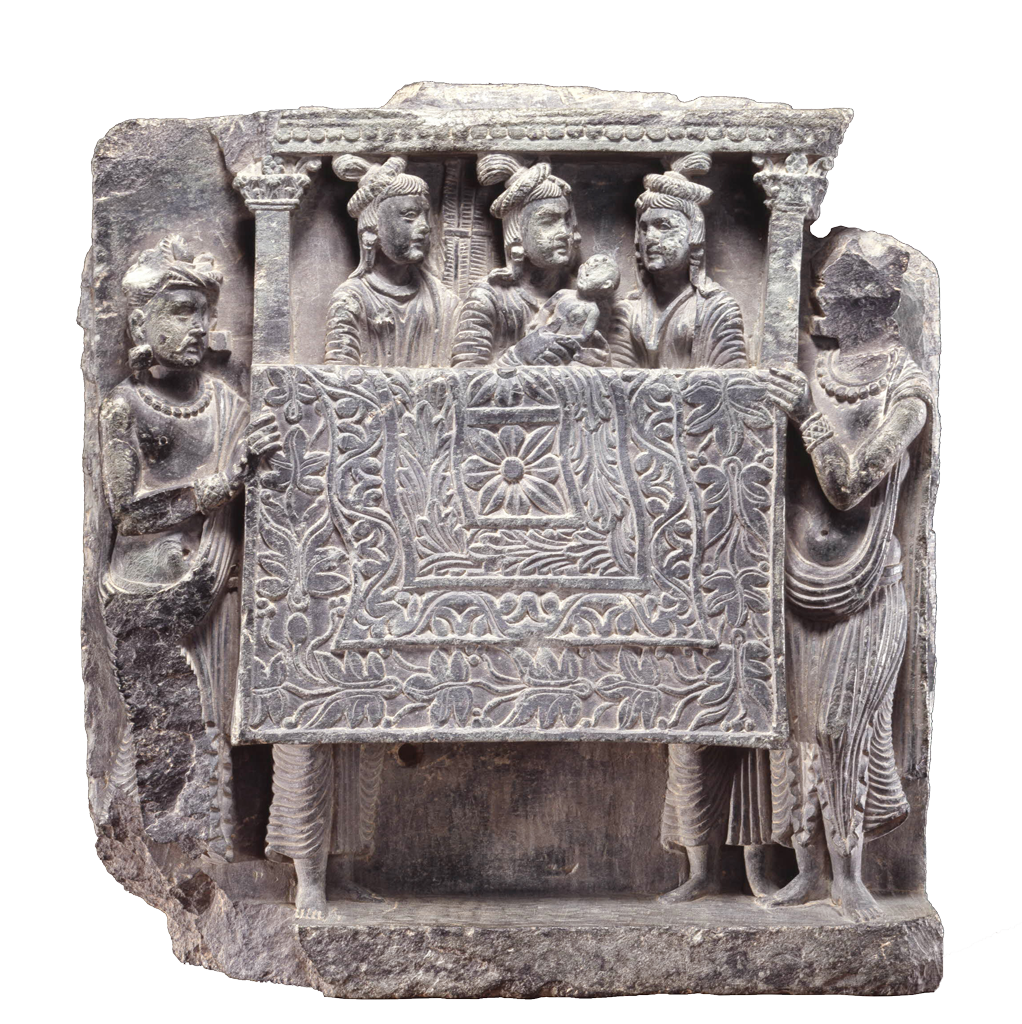
A knotted carpet hanging from a litter. Probably from the Swat Valley (modern Pakistan), around 200 AD
And when you got where you were going, they made nice floors and walls for your yurt or your tent. Little boys could make them, and little boys weren’t good for much else, so their labor was cheap.
Persian carpets in antiquity
Probably the Parthians and Sassanians kept right on selling Persian carpets both east and west along the Silk Road. Some Roman mosaic floors may be cheaper imitations of these expensive carpets.
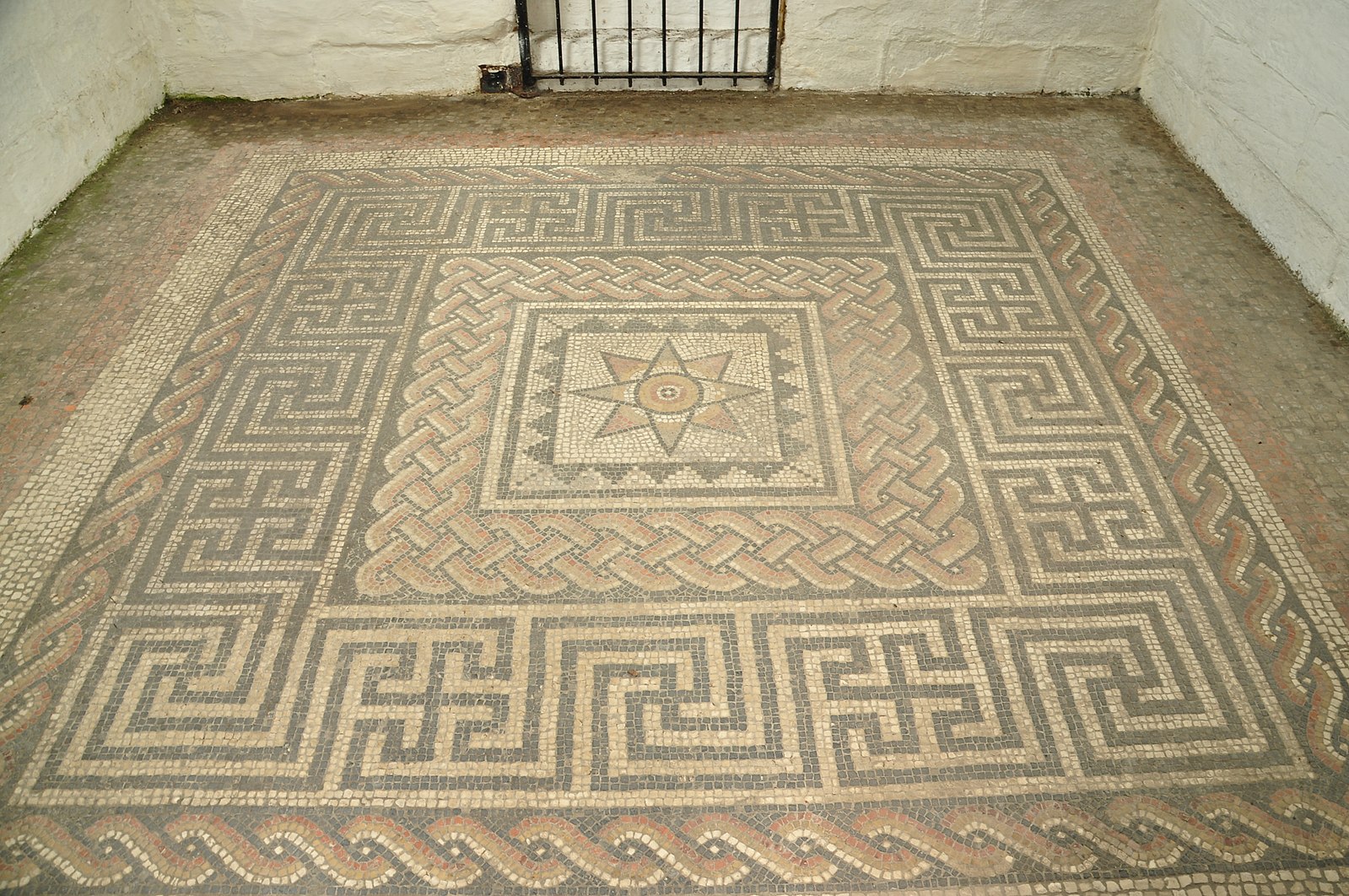
This Roman mosaic floor from Aldborough, in Britain, may be imitating Persian carpets. About 300 AD.
Many Roman people probably couldn’t afford real Persian carpets, so they had these copies built into the floors of their houses instead.
More about mosaics
Make your own mosaic

T’ang Dynasty painting (700s AD) of women sitting on a Persian carpet
Selling carpets on the Silk Road
As the Silk Road got going, about 200 BC, the traders of Central Asia found that knotted rugs also made great things to sell to Europeans in the west and to the people of China in the east. Europeans and Chinese people paid very high prices for these rugs, and the rugs got bigger and fancier. Sometimes people even made them with silk instead of wool. Silk rugs had brighter colors, and smaller knots. They were even more expensive than wool carpets.
T’ang Dynasty China
Where does silk come from?
The medieval Silk Road
Persian carpets in the Middle Ages
In the later Middle Ages, factories produced knotted carpets not only in Iran but also in the Ottoman Empire, in what is now Turkey. A lot of people in Europe thought these carpets were too expensive to put on the floor and walk on. People draped knotted carpets over tables like tablecloths.
The Ottoman Empire
The Seljuks in Iran
Medieval Islamic economy
Imitating carpets
In late medieval Europe, people may also have copied knotted carpets in the form of woven tapestries, to hang on the walls of rich people’s houses and drape over tables. But Europe was producing more and more wool to sell. They wanted to make things out of that wool, to add value. So in the 1400s, European manufacturers opened factories to make woven tapestries.
Medieval European economy
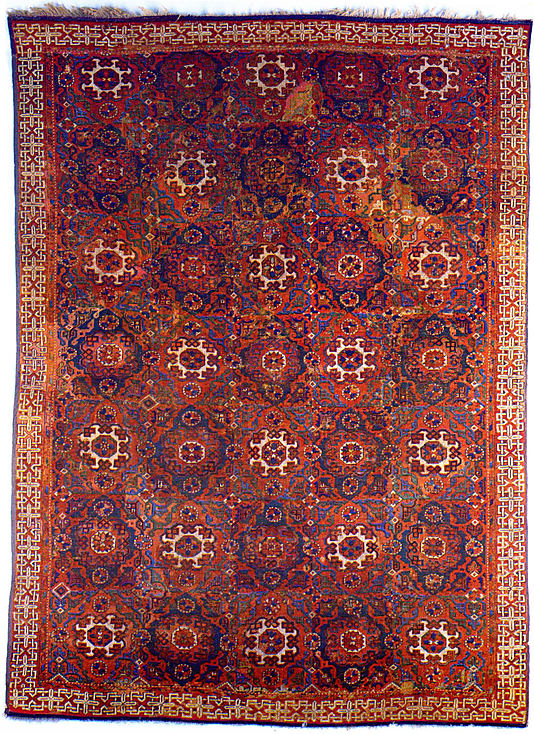
An Ottoman (Turkish) carpet from the 1400s or 1500s AD, now in the Metropolitan Museum of Art in New York City.

This French tapestry of the Lady and the Unicorn, now in the Musee de Cluny in Paris, was woven in the early 1500s. It imitates Turkish carpets – and also includes a Turkish carpet in the scene! (The reason the bottom is faded is that the tapestry was stored with the right side out, and it faded. Restorers in the 1800s removed the faded part and replaced it with a new part woven to match. But the new part used bad dyes, and it has faded now, while the original medieval part is still bright!)
Henry IV and European carpets
In the early 1600s, under the supervision of King Henry IV of France, European factories started to make their own knotted carpets. By 1628, the factory was located outside of Paris at the Savonnerie. After the French Revolution, French carpet-making moved to the Gobelins factory. But today people don’t really make carpets in France anymore.
Who was Henry IV?
What’s the French Revolution?

A Savonnerie carpet from the 1600s, made in France and now in the Metropolitan Museum of Art in New York City.
Safavid carpets
Under the Safavids, Iranian carpet factories produced even more carpets to sell to Europe and China, and to the Mughal rulers of India. By the 1600s, Indian weavers were also making knotted carpets. Today, Iran, India, Afghanistan, Pakistan, and Turkey still produce a lot of knotted carpets to export. Children and poor adults still work hard in the factories. And people still buy these carpets all over the world.
Who were the Safavids?
West Asian economy
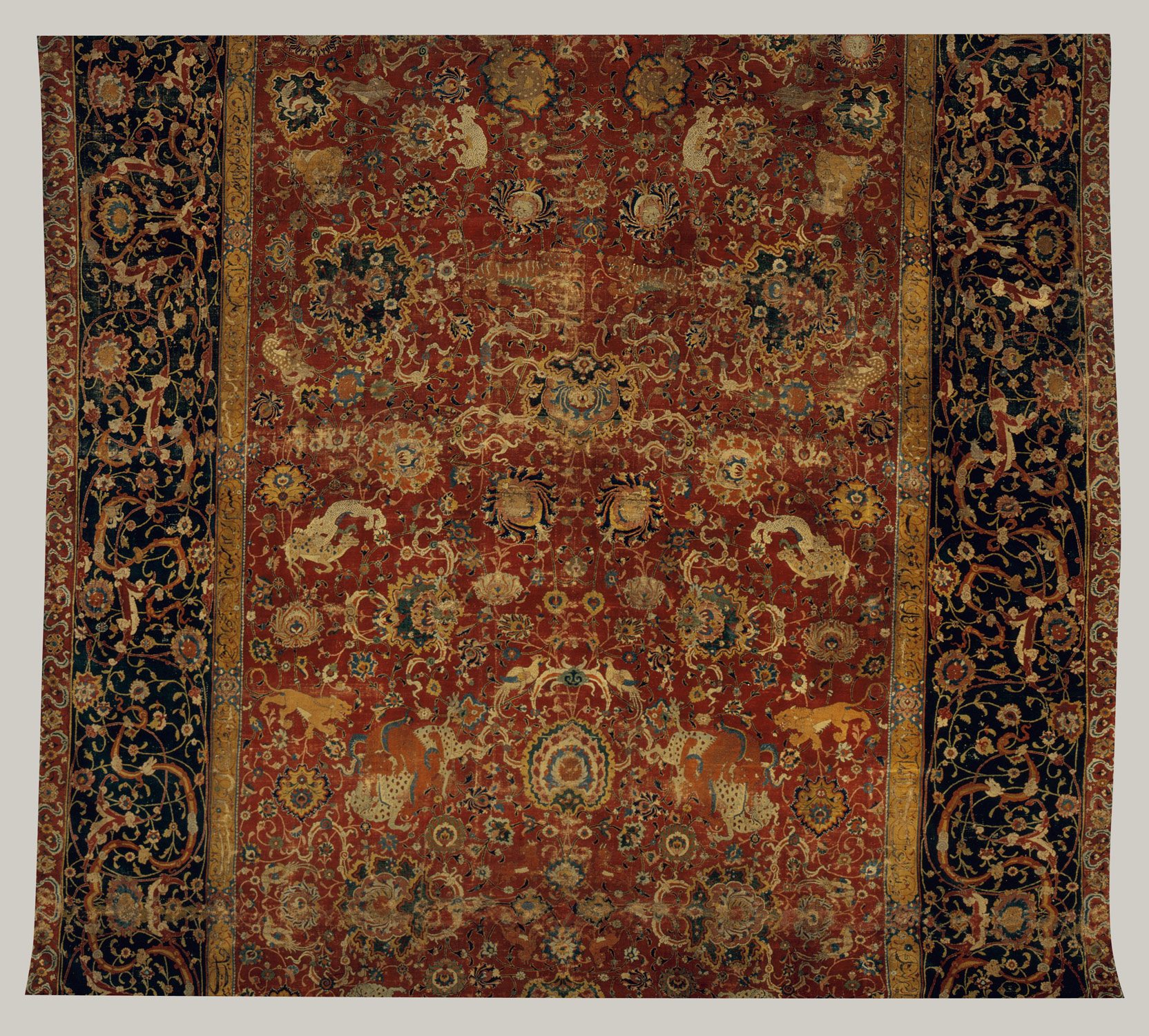
A Persian carpet made in the 1600s, now in the Metropolitan Museum of Art, NYC
Chinese knotted carpets
Starting maybe in the later Ming Dynasty, in the 1500s or 1600s, people also made knotted carpets in China. Chinese manufacturers mostly made knotted carpets out of silk, sometimes with a cotton warp. Under the Qing Dynasty, in the late 1800s, China produced many carpets to sell to Europeans and Americans.
Later Ming Dynasty China
Qing Dynasty China

A Qing Dynasty Chinese carpet


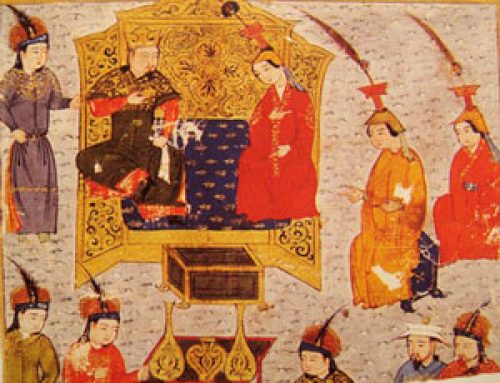


[…] also used cloth for all kinds of other things. They used cloth to make sails for boats, tents, carpets, sheets, towels, cheese-making, bags to carry things in, and many other […]